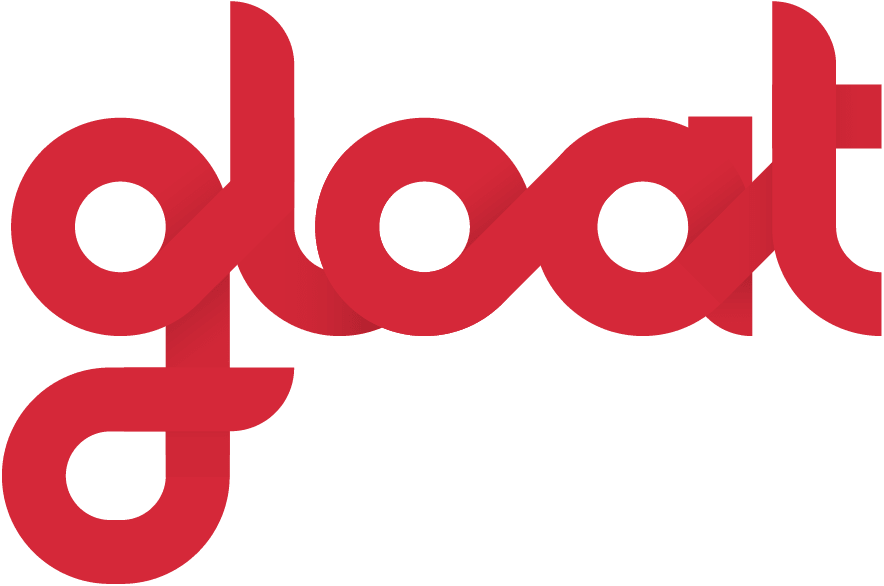What are organizational silos and how do you break them?
The path for companies to create more agile workforces starts with structure

As organizations navigate market conditions—evolving employee expectations and the continued fallout from a pandemic—a little bit of stability sounds appealing. The problem is that it won’t work in a world that keeps moving faster.
If the past two years are any indication, businesses need to embrace agility to stay afloat. To do so means doing away with one of the most foundational elements of 20th-century organizational structures: the silo. Once seen as ways to streamline and simplify workforces, today they often impede mobility and lock away a company’s true potential.
If silos were built to keep employees separated, bringing people together means tearing the old structures apart. Enterprises that look beyond vertical structures and embrace greater talent mobility will be poised for greater success—and greater speed—in the new world of work.
What are organizational silos?
Organizational silos are divisions within a company where teams or departments operate in isolation, limiting communication and collaboration. These silos create barriers to information flow, reduce efficiency, and hinder unified decision-making, often leading to duplicated efforts and misaligned goals.
Historically, vertical structures had major appeal. By creating rigid hierarchies, employees could better understand their place in the organization while managers could see how each group performed individually.
In an organizational silo, work is insulated from people not directly involved with the project. When most talent management was done manually, keeping employees clearly defined in taxonomies was the only way to successfully track them. This level of segmentation also simplified communication between the teams. By letting only the more senior employees communicate departmental progress to other teams, individual contributors could focus on their prescribed job functions with clear expectations and less bureaucracy.
But over time, the digital revolution made these organizational silos more of a hindrance than an asset. As economies became more connected, having talent locked away created bottlenecks and slowed the innovation many companies needed to pivot. Specifically, one of the most important organizing structures born from the need to unlock agility is the skills-based organization: companies that “place skills and human capabilities at the heart of talent strategies,” according to Deloitte.
In a siloed workforce, these critical skills can be missed by talent leaders who rely on job descriptions, and fail to see the full potential of their workforce. As employees continue to put a value on greater career mobility(with 81% of talent leaders saying that internal mobility is key to talent retention), keeping around outdated silos risks alienating your most capable people.
Common causes of organizational silos
While silos can take a dangerous tool on organizational efficiency, unfortunately, these types of disconnects are quite common. Some of the most frequent causes of organizational silos include:
Hierarchical organizational structures
When work is broken down into strict job hierarchies that are segmented and contain rigidly defined roles, silos is almost inevitable. Employees grow accustomed to collaborating within their domain only, meaning related departments or teams are typically left out of the loop.
Specialized departmental expertise
Just because one department within your organization develops a specialized skill set, that doesn’t mean that knowledge will flow through your enterprise at large. In fact, many teams with niche skills develop their own ways of working that may be entirely separated from overarching organizational processes.
Merger and acquisition integration failures
While M&A offers the potential for new revenue streams and broader skill sets, it also comes with a few major risks—including the creation of new siloes. If your recently acquired talent isn’t fully integrated into the organization, communication gaps will form and knowledge will remain trapped within certain teams.
Limited resources
Without the right resources and technology to support talent sharing, there’s a good chance employees will continue working within the same small teams and miss out on the chance to expand their horizons. To combat this, visionary organizations are launching AI-powered talent marketplaces to dynamically align talent to open opportunities across their organization.
Lack of communication
Subpar communications processes don’t just take a toll on employee morale; they also contribute to organizational silos. If employees in one part of your business aren’t aware of changes or updates within another department, they may not know how to adjust their own operating models and internal processes accordingly.
The impact of silos on business performance
Even organizations that typically work efficiently and effectively will see output levels whenever silos arise. Some of the key consequences associated with working with silos include:
Decision-making delays
When leaders across your organization don’t have access to the same news and updates, it will take longer for all executives to get aligned and come to a decision about your path forward. Multiple perspectives will come into conflict one another, leading to miscommunications and delays.
Operational inefficiencies
Silos is also a surefire way to create work inefficiencies. If employees in one department aren’t aware of what another team is owning and executing, there’s a good chance they will at some point participate in work that’s duplicative or redundant.
Poor market responsiveness
In our fast-moving world of work, companies must be prepared to shift gears quickly. However, organizational silos make it extremely difficult to execute rapid pivots because leaders will first need to compare notes and exchange ideas so they can align on a path forward.
Talent retention issues
Silos doesn’t just take a toll on leadership; it also negatively impacts employee experience and satisfaction. If workers on one team feel disconnected from other departments and from your organization at large, they will be more likely to jump ship in search of other opportunities.
Why organizational agility is better suited for the future of work
Today, companies need to structure their workforces in ways that reflect the true nature of business: unpredictable, globally-connected, and operating at high speed. Gartner identified six ways the workplace will change in the next decade, and chief among them is the increasing presence of skills and automation.
However, the problem remains that while the need for greater organizational agility is known, the path there is unclear. A recent survey shows that while 76% of enterprises think talent mobility is important, only 6% believe their organization is “excellent” at enabling it. Traditional organizational silos simply don’t allow for talent mobility at speed, and trying to implement agile talent strategies while clinging to outdated organizational structures is a losing effort.
Instead, companies must adopt two of the most crucial innovations to keep pace: talent marketplaces and workforce intelligence. Though both benefit enterprises independently, in tandem they illuminate the skills within a workforce and match employees with the right opportunities within their organization.
The benefits of agile work structures
Agility is far more than a buzzword: it’s the way innovative enterprises are enabling their workforces to unlock their full potential. Here are a few benefits companies are reaping by moving away from organizational silos and towards more agile work structures:
Engaging employees on a human level
MIT Sloan Management Review and Deloitte found that prior to the pandemic, only 34% of surveyed workers were satisfied with their organization’s investment in their skills development. This demand by employees for greater access to skill-building opportunities is only growing. By understanding what drives employees, talent leaders can enable them to contribute to the company’s mission in more meaningful ways.
Promoting greater knowledge sharing
Traditional job titles often overlook the full set of skills, knowledge, and interests that an employee has. With a talent marketplace, people are seen for their full potential and matched with opportunities that align with their goals. Not only does this create greater value for employees, but it also enables employers to tap into qualified talent at scale—regardless of department, geography, or other factors commonly associated with silos.
Preparing organizations for the future of work
While silos were good when markets were predictable, today, companies need to pivot quickly as new challenges arise. By combining real-time data on your workforce’s skills with broader market trends, leaders can make wiser talent decisions that directly impact bottom lines. New trends, almost by their very nature, are an attack on the status quo. But by creating a workforce capable of responding, enterprises can be the ones at the front lines.
Moving from organizational silos to company-wide speed
Change can feel daunting, but that doesn’t mean organizations should let the future pass them by. Doing away with silos is every bit of a shift in mindset as it is structure. As agility becomes one of organizational design’s defining characteristics, companies must learn to embrace its benefits instead of letting rigidity get in the way of opportunity.




